Best Camera and Lenses for Birds-In-Flight
I love photographing BIF (birds-in-flight).
Nothing gets the adrenaline rushing when you see a beautiful and elusive bird flying by.
You only get this one chance, no one is there to help you, to get the bird in focus in your viewfinder, pan along with the flight of the bird, and nail a shot to reveal the stunning flying pose that's not visible by the naked eyes.
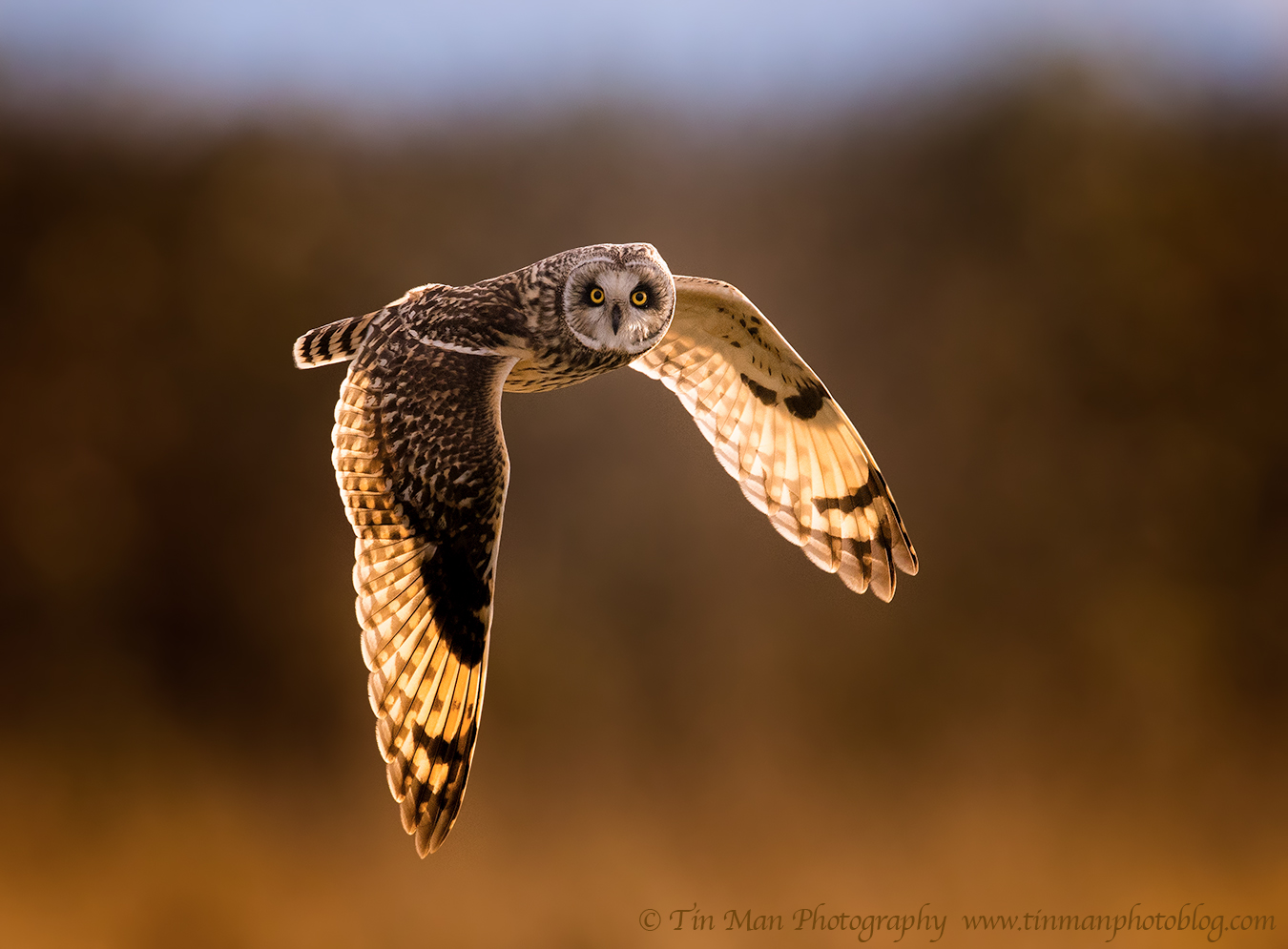
Short eared owl, Canon 1DX Mark II, 600mm f/4, f/4, 1/2000s, ISO 1600
It's one of the few areas in photography where one needs every ounce of auto focus capability, long focal length, and number of pixels to increase the odds of getting a great shot.
I sucked big time in the first 10 years, with a Canon Rebel and a first generation Canon 100-400. At the time I had no idea how to find birds, or had any understanding of the quality and quantity of light, angle, composition, editing, etc.
Later, I got a Canon 7D and a Canon 400 5.6. And later to a Canon 1D Mark IV, Canon 1DX, 7D Mark II, 1DX Mark II, and eventually a Nikon D850. For lenses, I have used Canon 500 f/4, Canon 600 f/4II, Canon 400 DO II, Canon 100-400mm II, and now Nikon 180-400, 400 2.8, 500 5.6PF, and 600 f/4.
But please stop for a quick second. I have to say that if you are really really good, you don't need to chase the best camera and lens combo.
Take my good friend Salah at wingsinmotion. He has been using a Canon 7D (now 7D Mark II) and the Canon 400 5.6 for the longest time and I consider him one of the top BIF photographers on the planet. Check out his instagram and flickr account for his many award-winning and awe-inspiring shots.
Indeed, I ‘m super excited that I finally talked Salah into writing a BIF guide with me so stay tuned.
Anyways, for mere mortal like me, who blames my BIF on crappy equipment, my quest for the best camera and lens combo continues.
To find the best combo, you have to set your own requirement and criteria. For me, there are 5:
- Frame rate must be over 8 frames per second. You need such high rate to get one shot with the wings either vertical up or down or when the eyes have catch light. And most importantly, the elusive head turn or calling.
- Ability to not lose the AF tracking of the bird when the bird is flying in varying, non-sky background. Don't get me wrong, I love the sky. Indeed, the first character of my Chinese name, Tin, means sky. But for “serious” BIF photographer, we would care less for a BIF photo with a sky background, because it's usually not that pretty, and more importantly, it is not challenging. BIF photographers love challenge, and nailing a flying bird in a sky background is too easy. You just activate all the AF points and as long as you get the bird in your viewfinder you are good. How boring.
To follow the bird with your focusing point locked onto the bird in a varying background is extremely difficult. Once you lose the focus, meaning the focusing point failed to follow the bird, it would focus onto the background, and you get a blurry shot because it would take some time for the focus to get back onto the bird. And no bird is gonna wait for you on that before they r completely gone. I used to think my 1D series was the best in the market, until I stumbled upon Nikon and realized how much I had missed over the years.
And later I saw some posts by the world renowned photographer Arthur Morris also mentioning the AF of Canon vs Nikon. In my opinion, the AF tracking of Nikon D850 is way superior than Canon 1DX Mark II. To me, Canon is “quicker” to acquire the initial focus, but it's less accurate and could not lock on the focus for the whole flight path even if I was certain the focus point was on the bird. For the longest time I blamed myself for that. But ever since I used Nikon I realized it might not be just my fault. But I thank Canon for giving me a good opportunity to practice it thinking its my fault lol. Now I heard the Nikon D5 is superior in AF tracking. But so far I am happy with the D850 compared to my 1DX Mark II (And the 1DX Mark II is better than the 1DX, 7D Mark II, etc). And I have heard that the Sony A9 is the best of all in AF tracking plus the viewfinder doesn't black out. I would love to give A9 or the newly released A9 Mark II a try. But I will explain below at #4 why I would not buy it, yet.
Erratic flight path. When the bird suddenly changes direction, I lose the focus quite easily before. Sometimes I got lucky sometimes I didn't but I found the Nikon a lot more reliable on this.
And for so many times, the ability to capture an unexpected moment on sudden change of direction can win you an award, such as this one that won a highly-honored in Nature's Best Photography Windland Smith Rice one year.
Number of pixels. Now let's be honest we mostly only use the center focusing point for BIF. No one can compose the photo in real time by moving the focusing point while tracking a bird in flight unless you are superman. So when you nail the shot, the bird would be right in the middle which sometimes is not ideal for the best composition. You have to crop the image. With the wings of the bird flapping, one usually have to leave some extra space in the frame so that they don't crop the wing. So you end up needing to crop more of those empty space. I saw that the Sony A9 Mark II has just been announced but it is still using the old sensor as A9 which has 24 mega pixels. If you have a 24 mega pixel camera (D5, 1DX Mark II, A9) you end up cropping maybe 20-40% of the pixels, so that means cropping the photo from 6000 pixels long to maybe 4200 pixels if you get the bird big in frame by cropping 30% in length. If you are to make a print of 30 inch long, you need 30×300 (dpi) = 9000 pixels if you don't do too much interpolation/enlargement in photoshop. Now if you have a D850, your photo is 8256 pixels long. When you crop 30% in length, you still have about 5800 pixels. That's a huge difference for big prints. And believe me, there is a significant different visually on big prints with different pixel counts.
A wide range of super-telephoto lenses and a light weight long prime lens. It used to be Canon that has the lightest long lens, first the 400 5.6, and now the 400 DO where you can almost hand carry all day. By the way, I never use tripod for birds-in-flight because it limits your movement for quick action. Now, Nikon comes up with the 500 PF 5.6 that's a game changer. It focuses very fast and it weights like a piece of paper compared to the 500 f/4. Yes, it has its limit because its a 5.6, getting one stop less of light. But for non-low-light BIF, its the king. I was in Africa and when I showed my friends the D850 and 500 PF setup they would not even believe how light weight it was.
So the only thing I am curious about is how much better the AF tracking is on the A9 compared to the D850. If I see a photographer in the field using A9, maybe I will do a side by side comparison. Unless it is significantly better than the D850, I would not give up the extra 21 mega pixels on the D850.
As for lenses, nothing beat the lightweight 500mm PF 5.6 now. If the light is low, I will use the 400 2.8. If the bird is further away, I will use the 600 f/4 with the 1.4tc. I have to say that the Canon teleconverter technology is much better than Nikon. Or maybe I just haven't adapted to it.
Oh yes, I forgot to mention, it is very difficult to switch to a new system. After 20 years with Canon, I am still having a hard time adjusting to the buttons on Nikon, especially the darn small joystick in the back to move my focusing point.


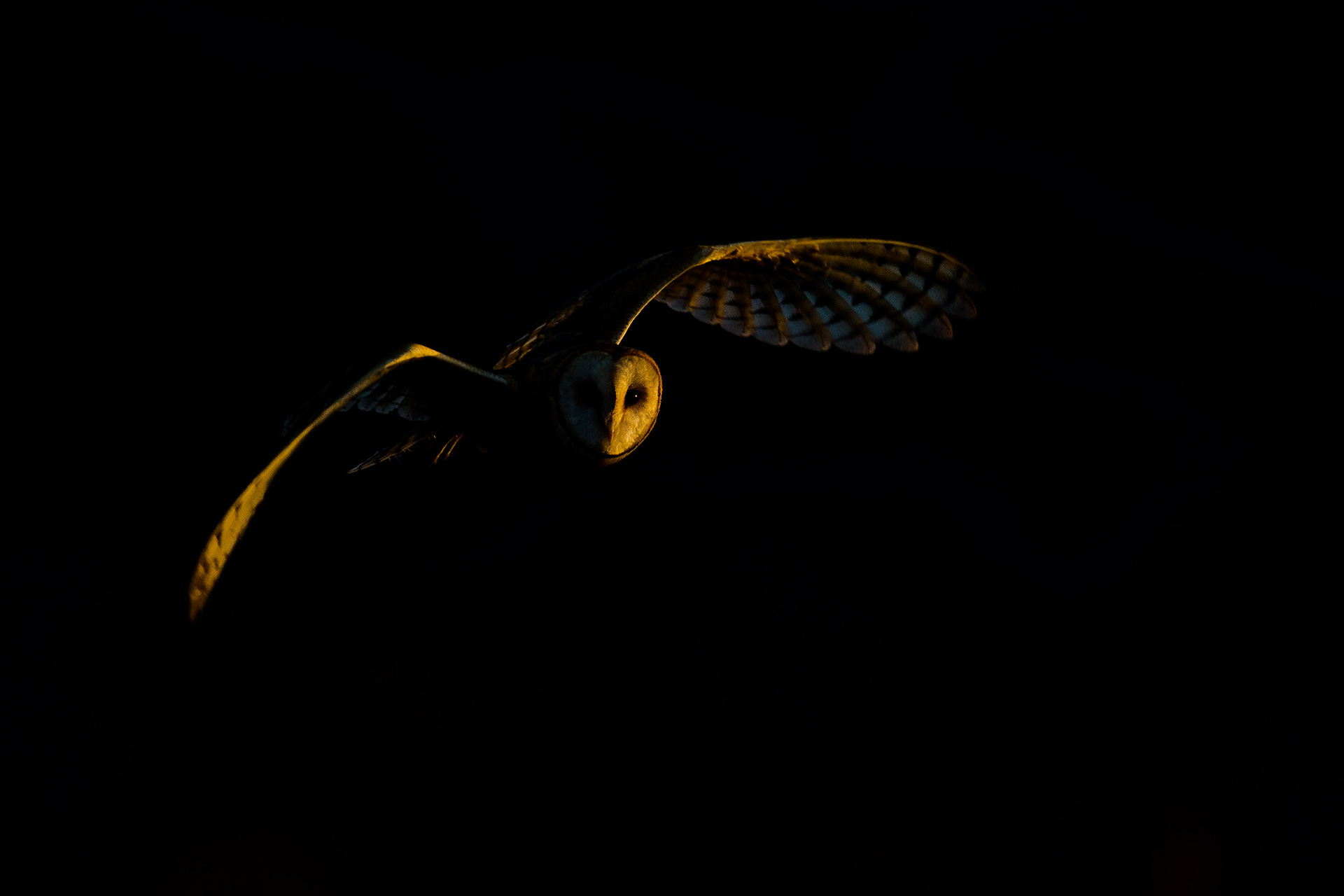
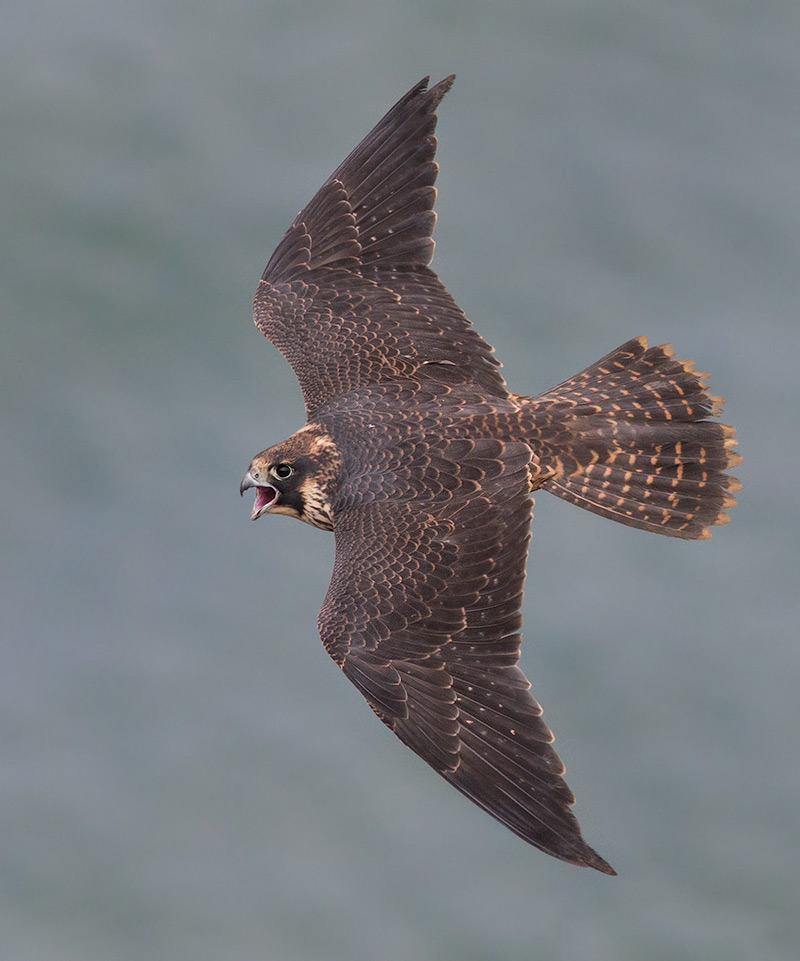
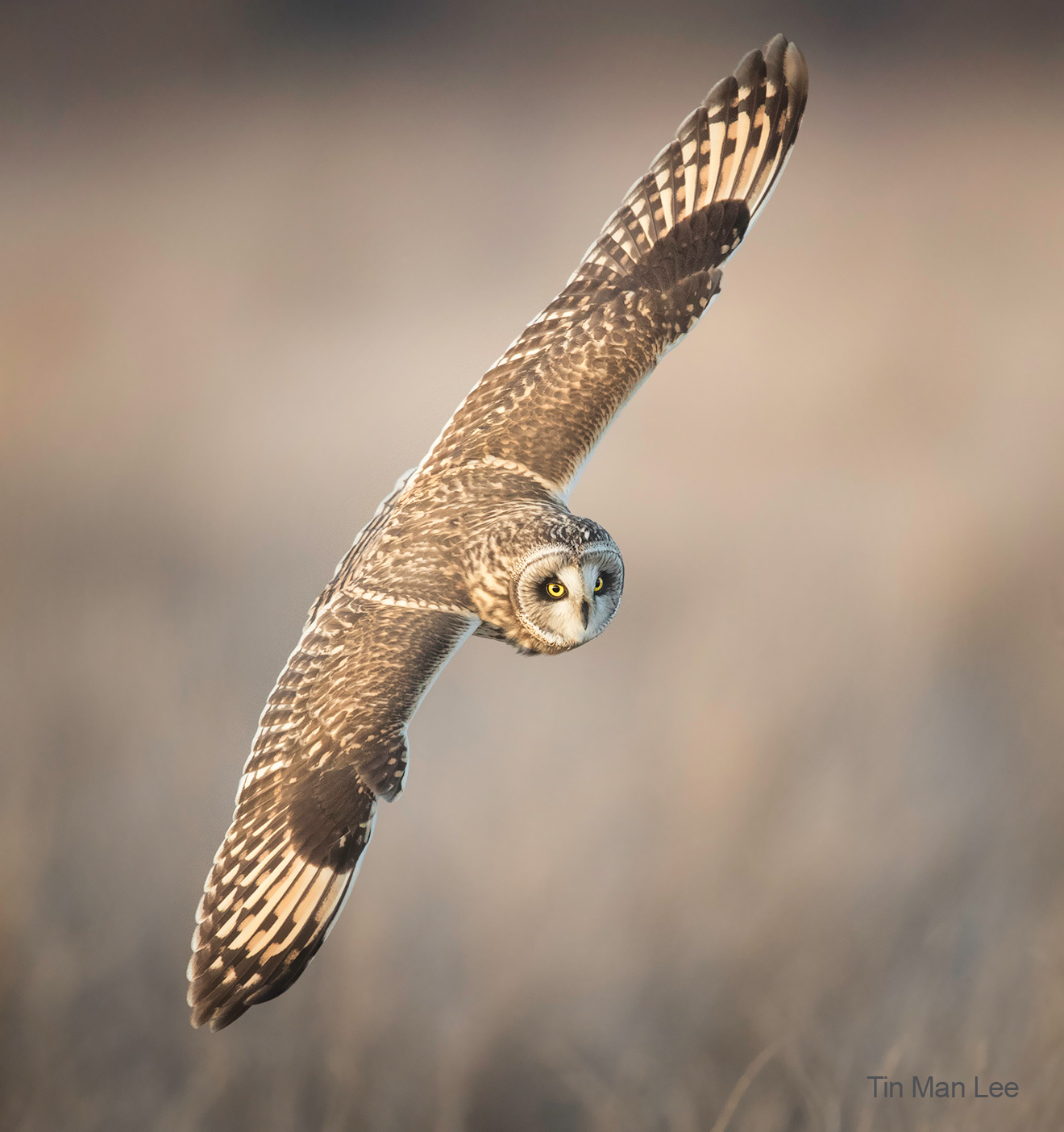
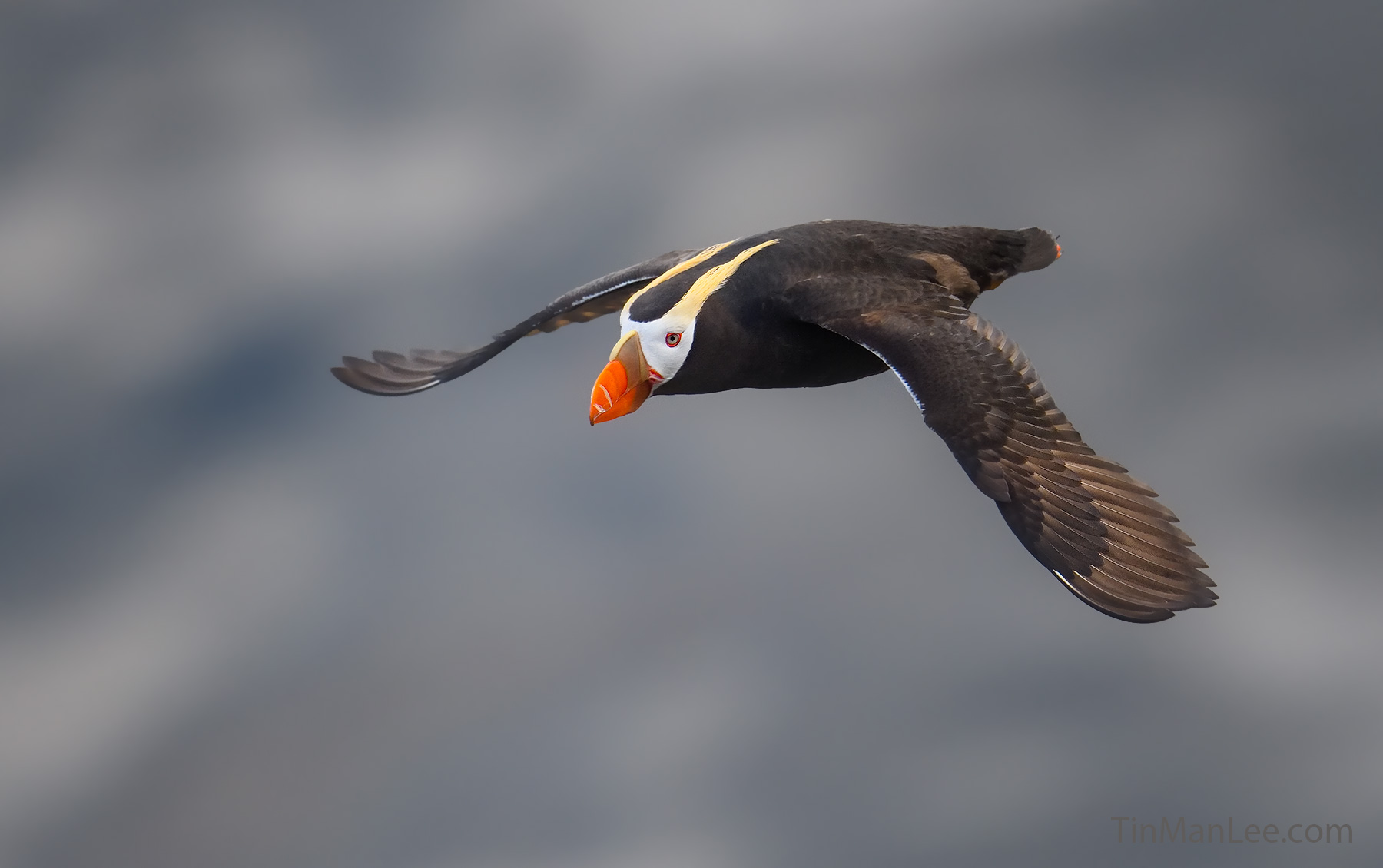
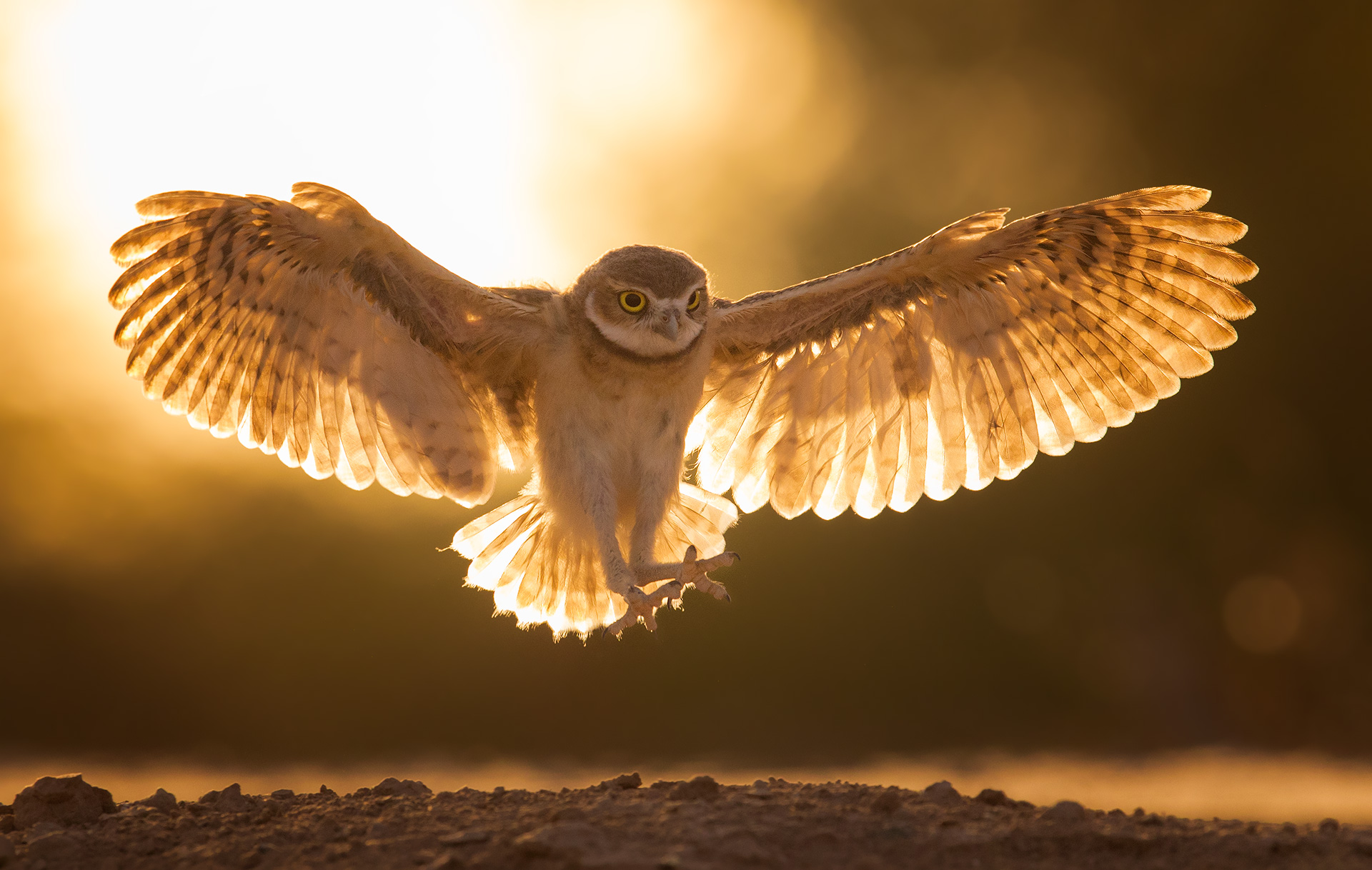
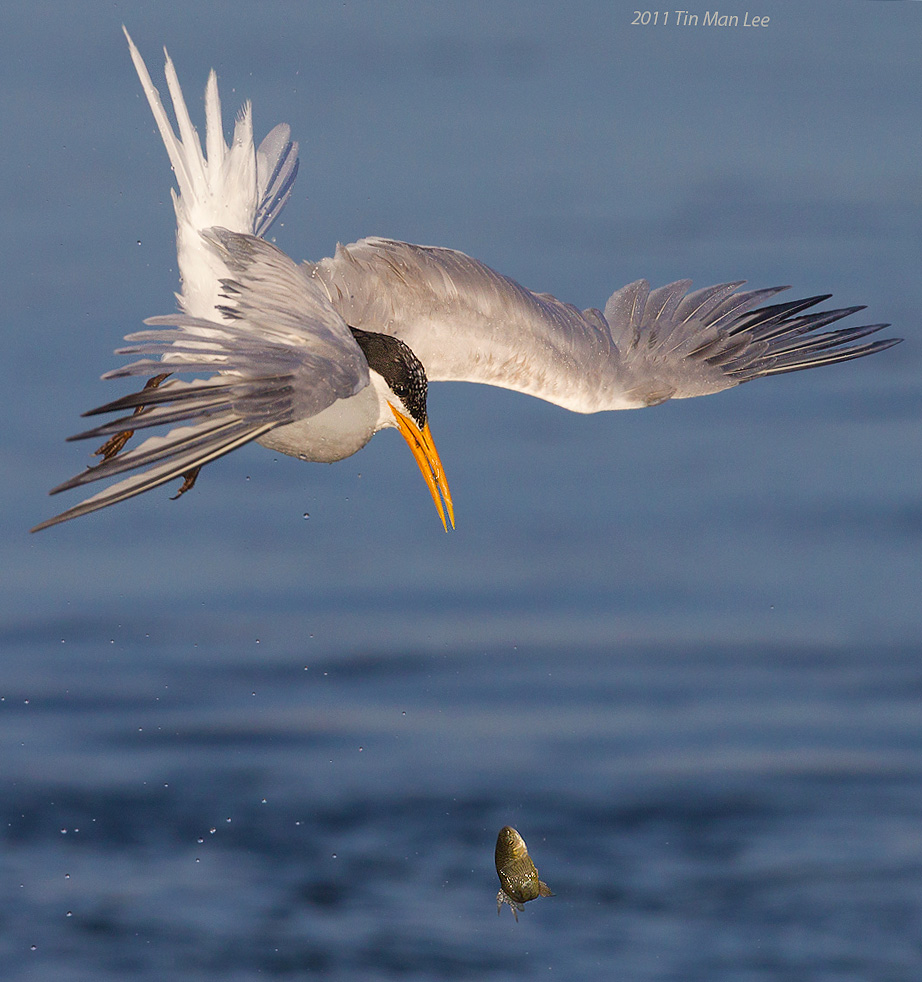
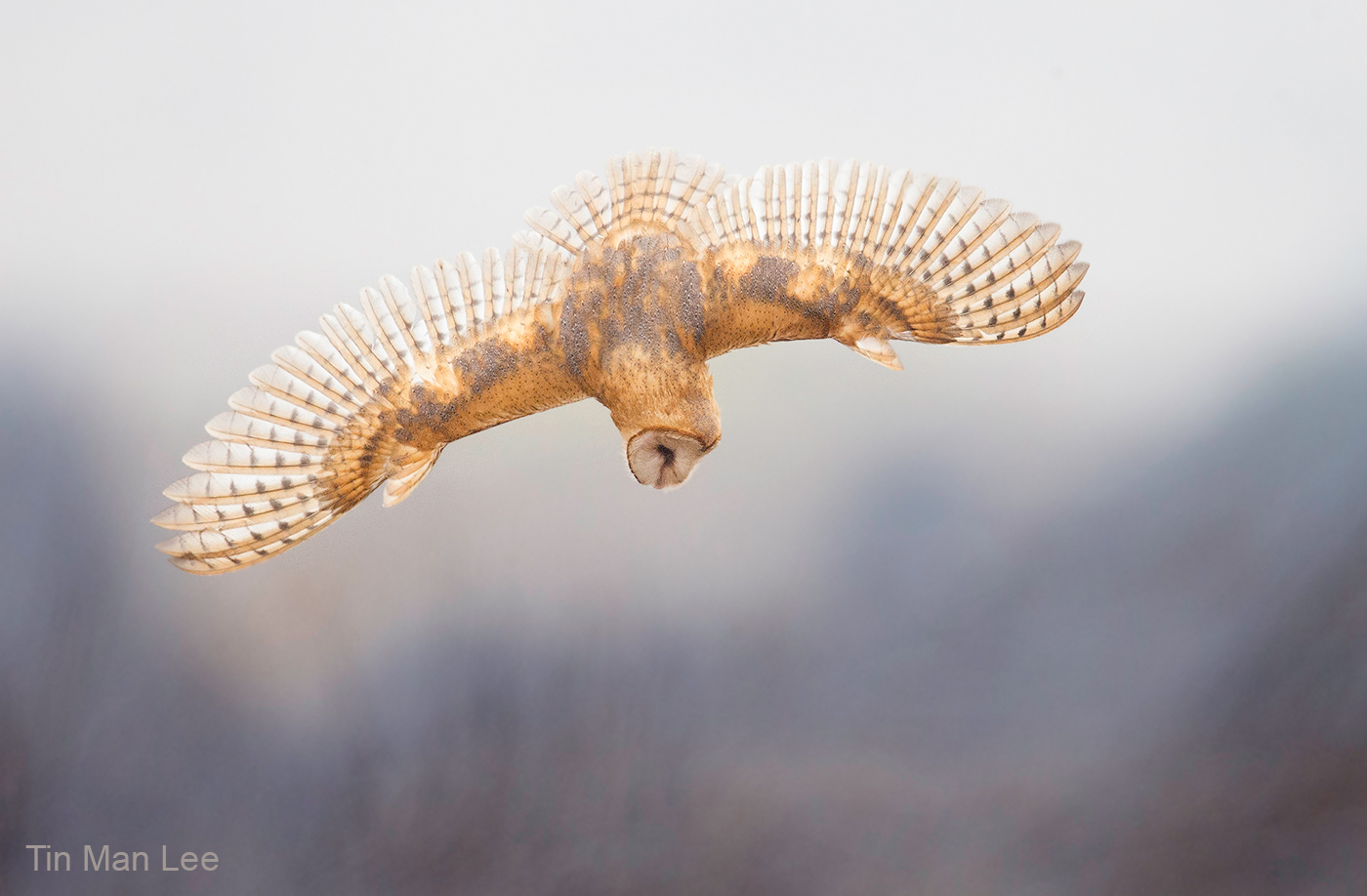
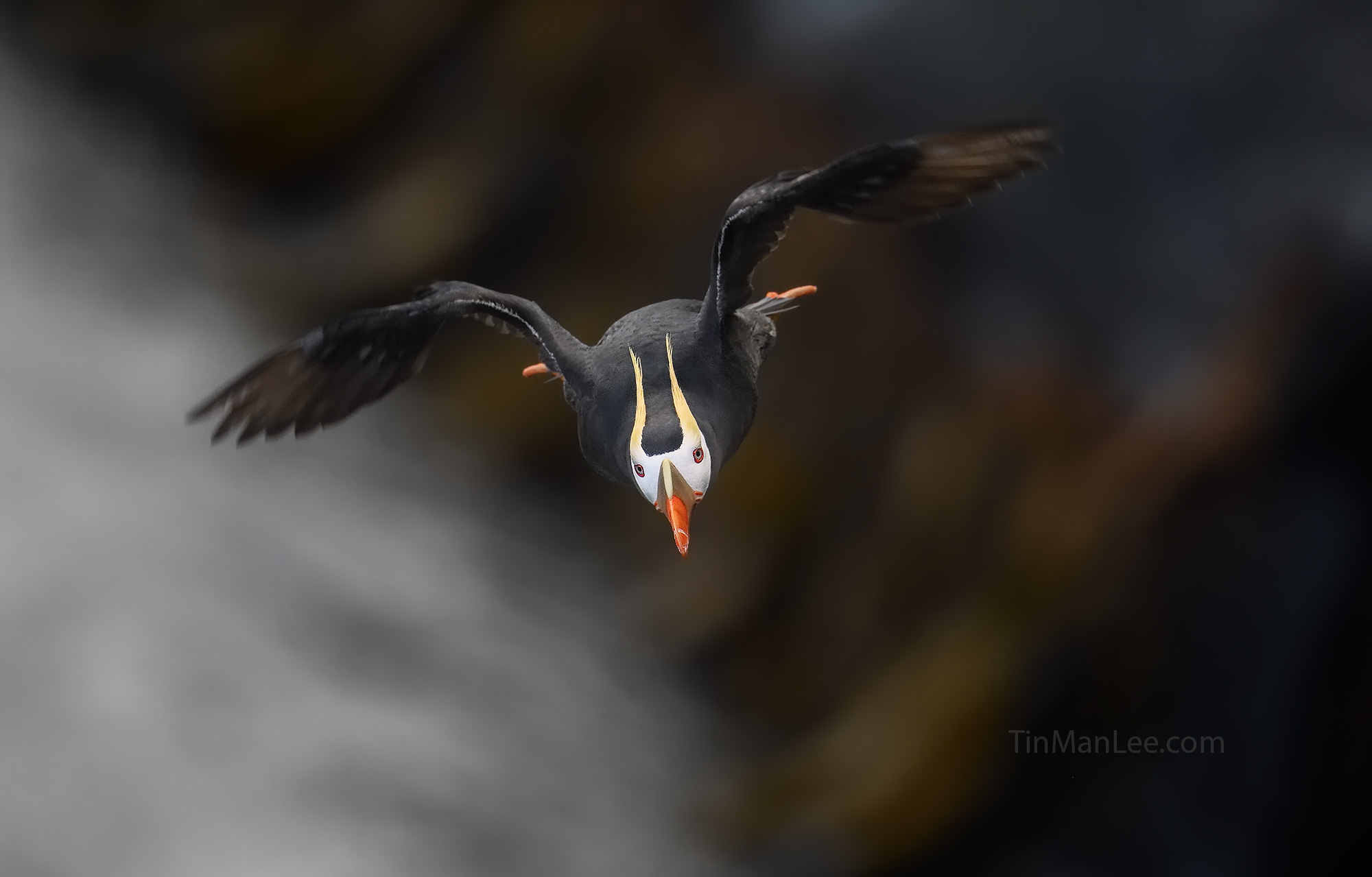
hello from Montana,
i currently shoot canon and I am satisfied with the system with one exception. I would like a crop sensor camera for bif and songbirds. I did own the 7dii but returned it for obvious reasons. I don’t need to replace my entire system; I am considering and I will eventually rent and try d500 with 500mm pf lens. do you have any experience with the d500 in terms of its af tracking and specifically coupled with the 500pf? thank you very much steve
Hi Steve, thanks for your comment. I don’t have experience with d500 but I’ve heard good things, plus the multiplication factor makes it perfect for BIF with 500 PF. I only have the d850 for it’s sony sensor and 45 mega pixels for crop. I heard these two have similar AF tracking.
Thanks a lot. In one little article about the BIF I received more practícale information then in hundreds before.
I just came across your name and free webinar and fabulous wildlife photos. Interesting that I have been trying to shoot birds the last couple weeks and most frustrated. I realize my equipment is old and below par but there is so much to choose from that I am at a loss. You talk about the Nikon 850 and some others, but I would like to find a mirrorless lighter full frame that will do the same thing. I have been a Nikon user and am wondering if the Sony A7RIII or the Nikon Z7 would work best? I will be upgrading from a DX system so pretty much a big outlay for both new bodies and new lenses. I do mostly landscape but also wildlife, macro and floral. Any suggestions?